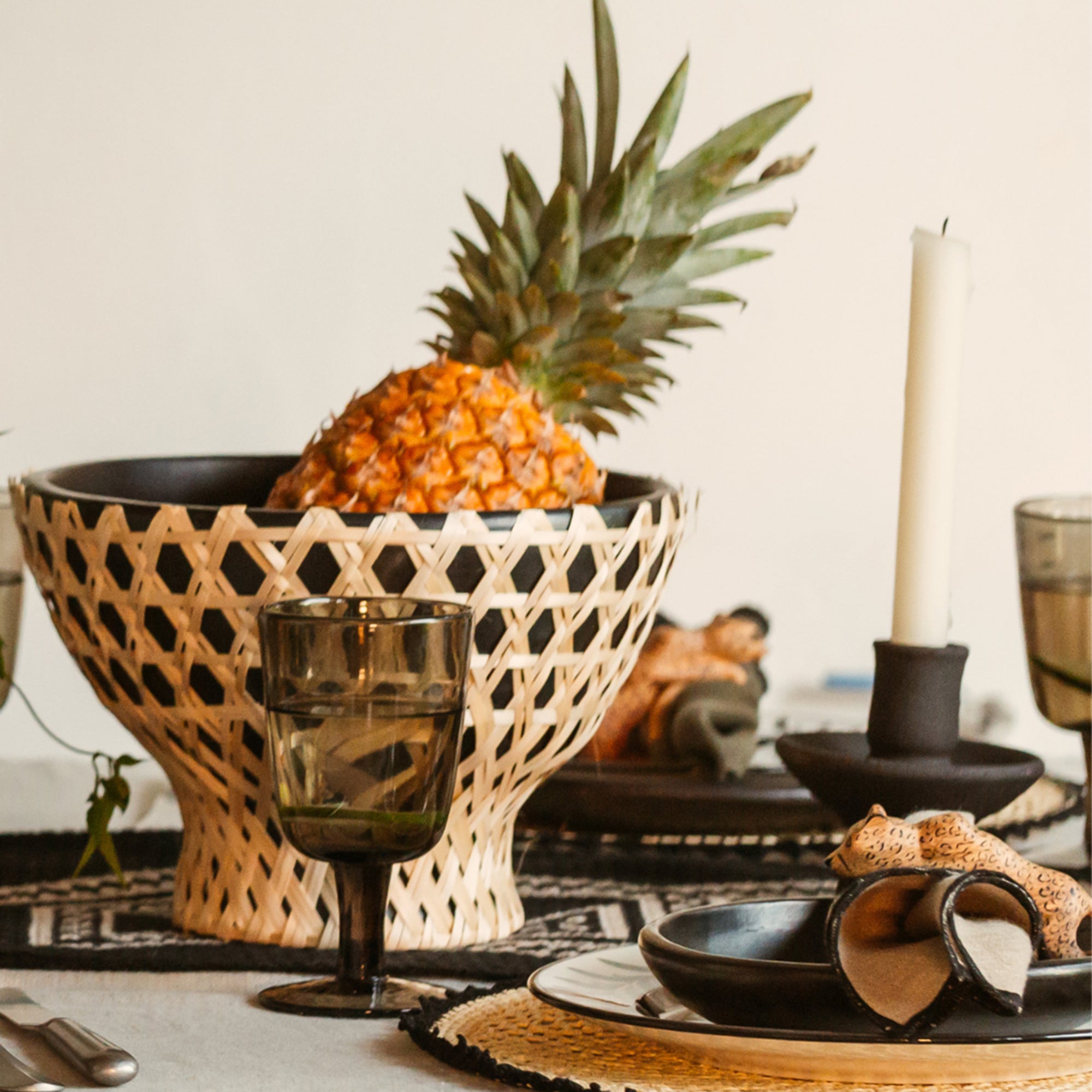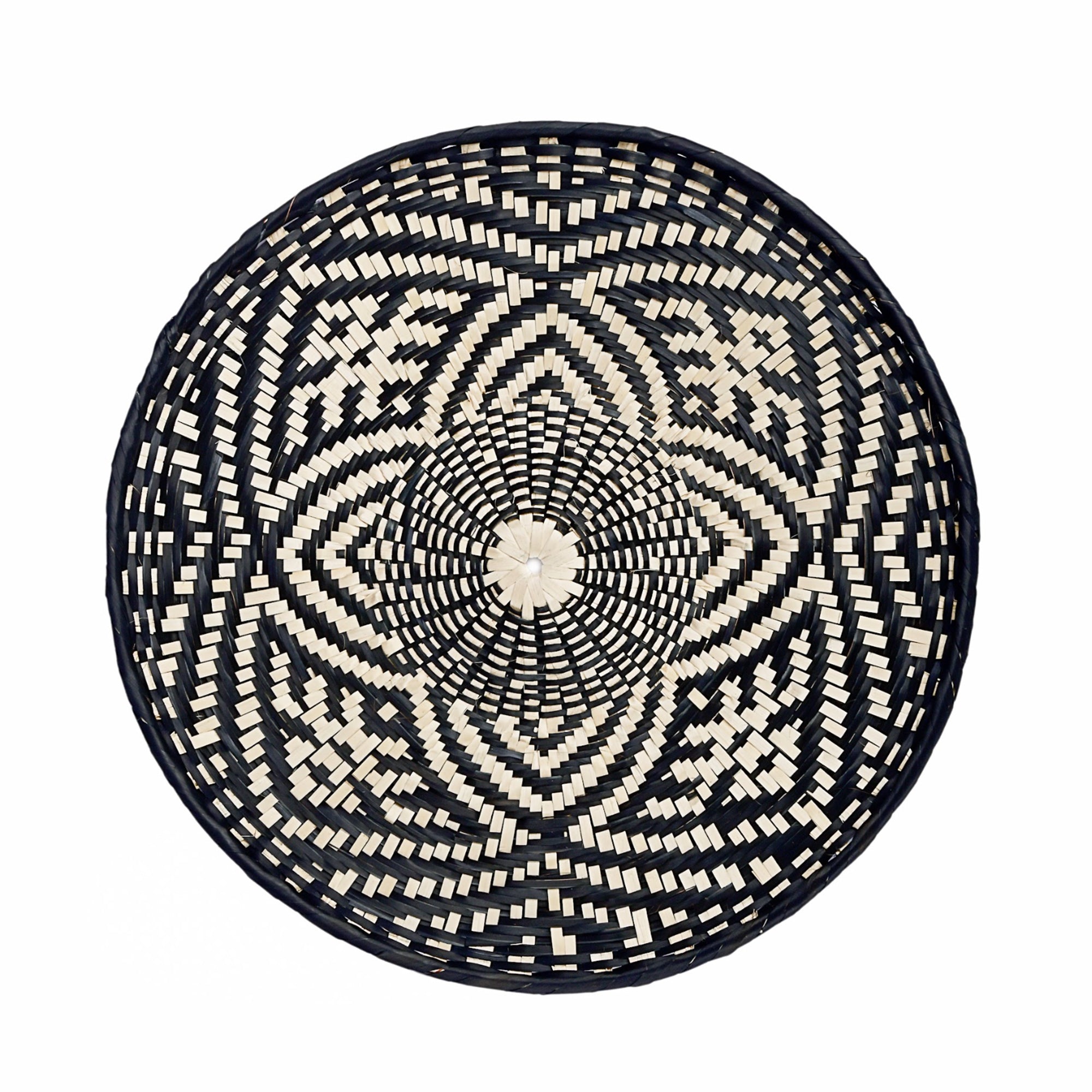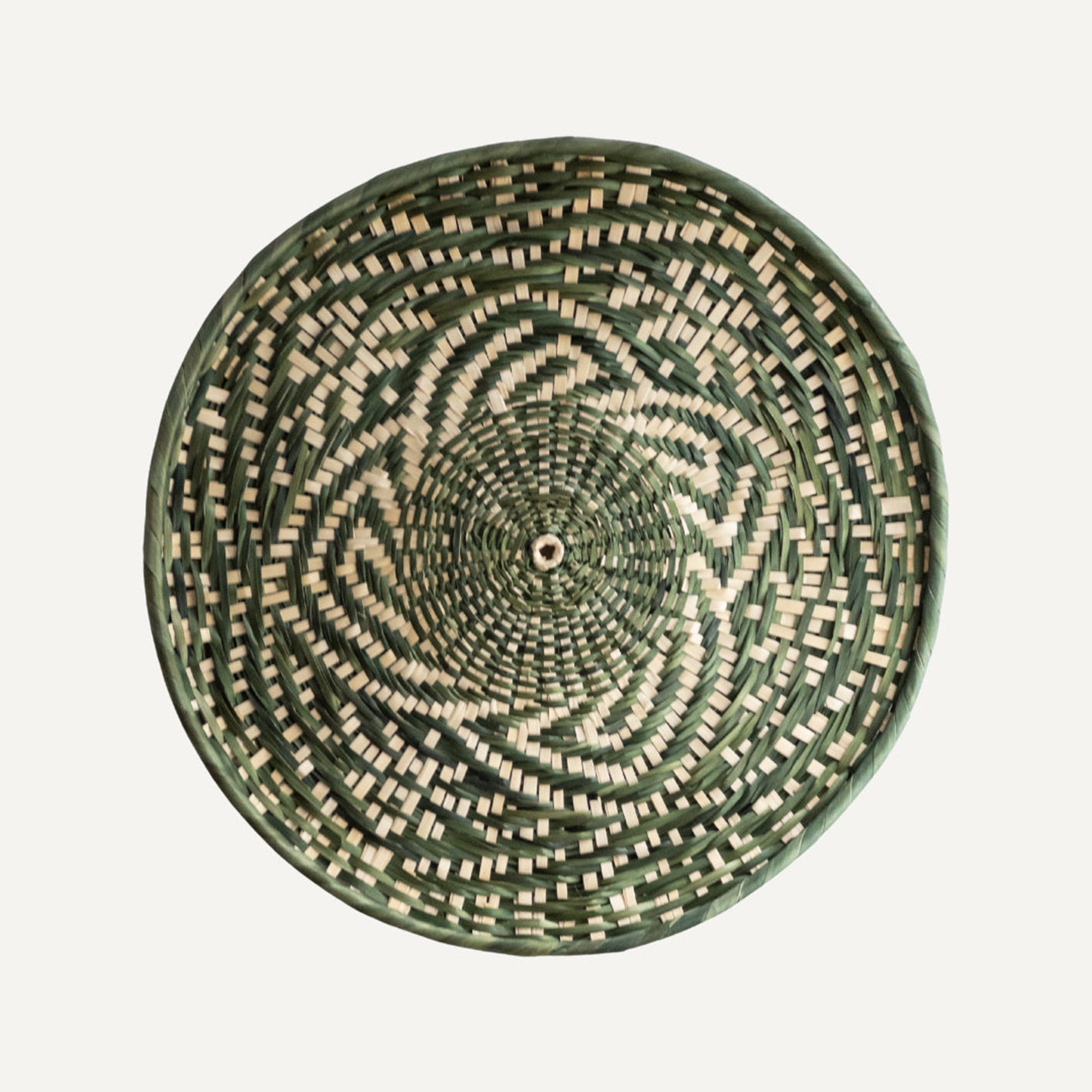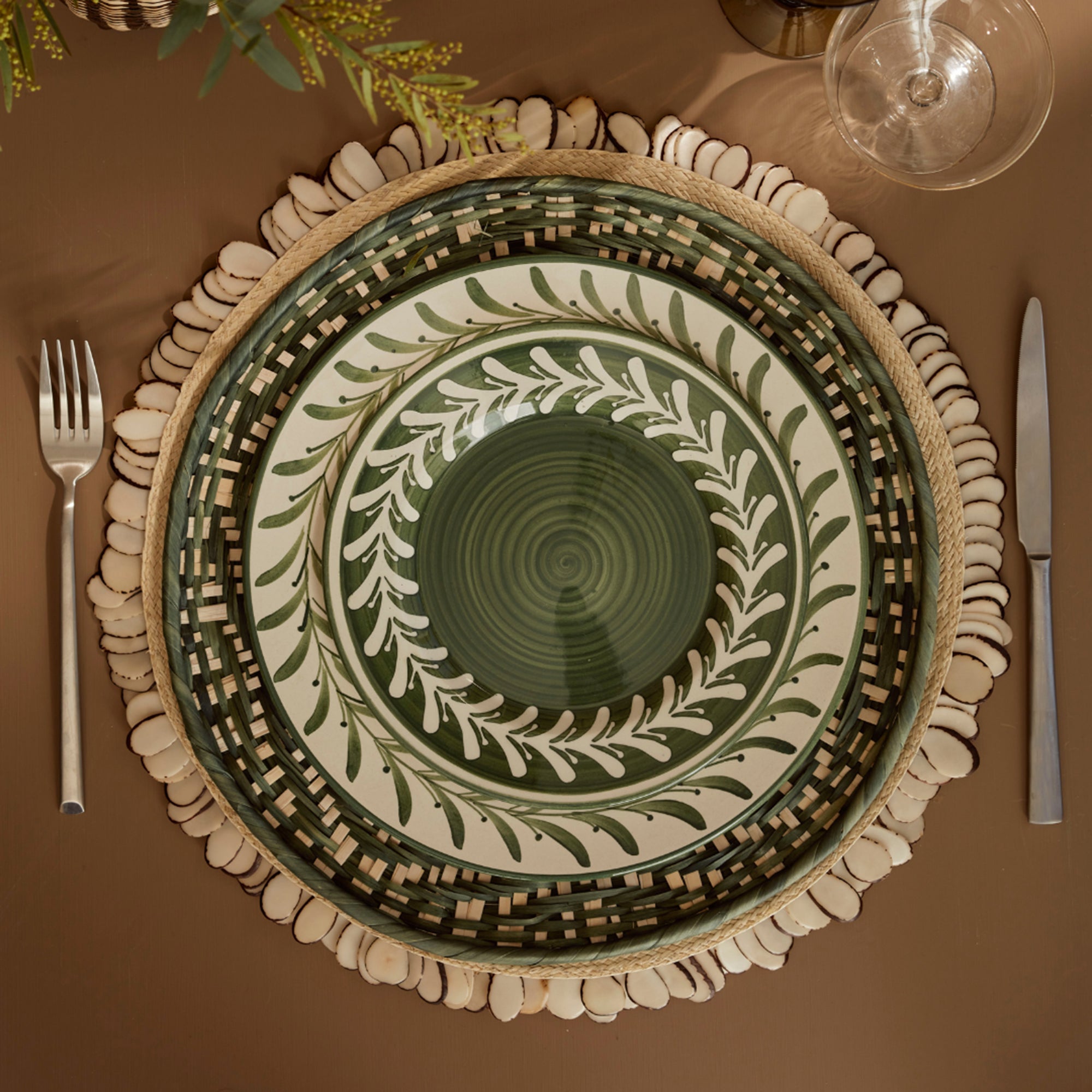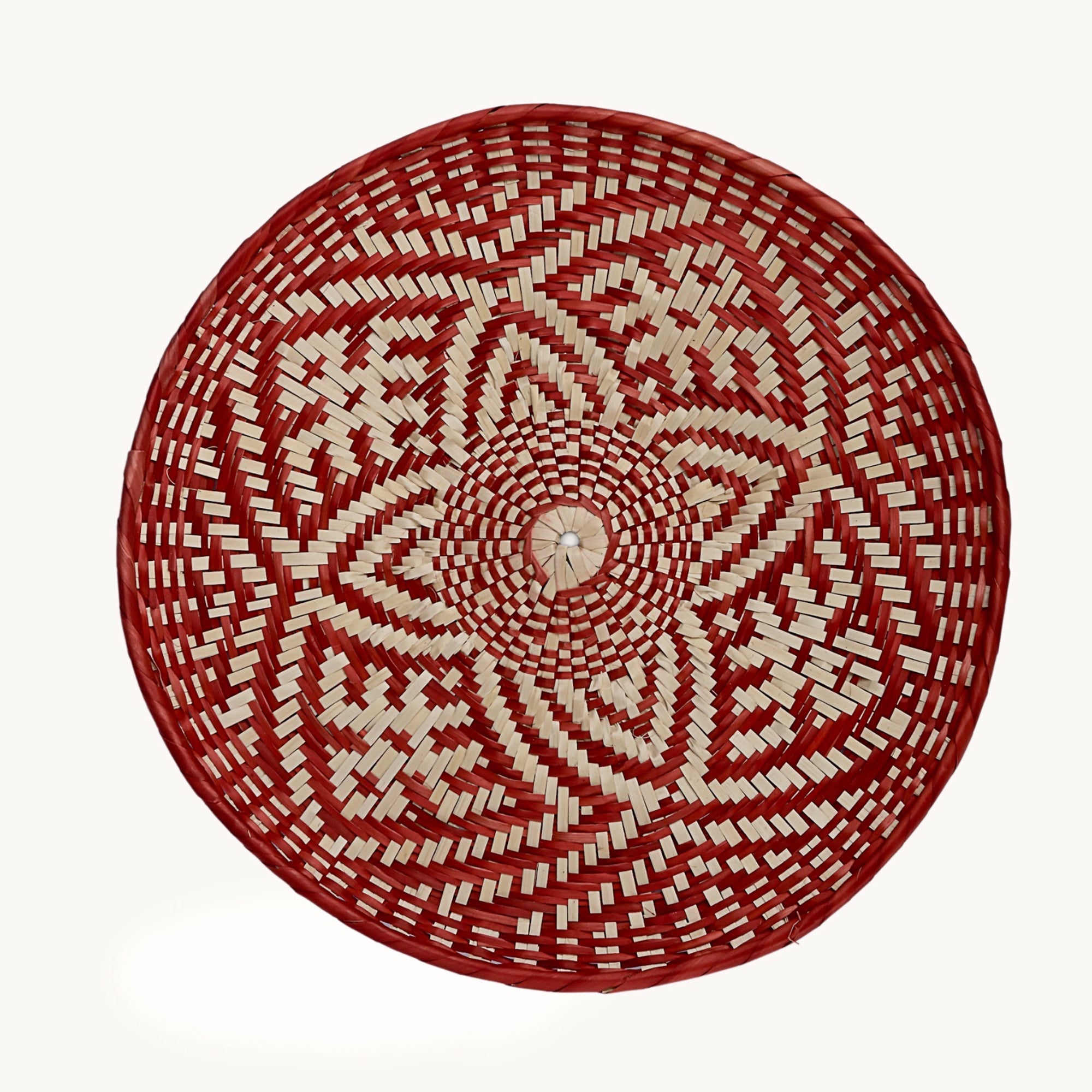History
For generations, the Eperara Siapidara have transformed the gifts of their rainforest and rivers into objects of beauty and meaning. Using fibers, palms, and natural pigments, their hands weave baskets, mats, and decorative items that are both practical and artistic, carrying the patterns and stories of their land. Each piece reflects a deep connection to the environment — the winding rivers, swaying palms, and forest life — and preserves the knowledge and techniques passed down from elders. What began as everyday tools and vessels has become a living expression of cultural identity, where craftsmanship, creativity, and ancestral memory intertwine in every strand.




